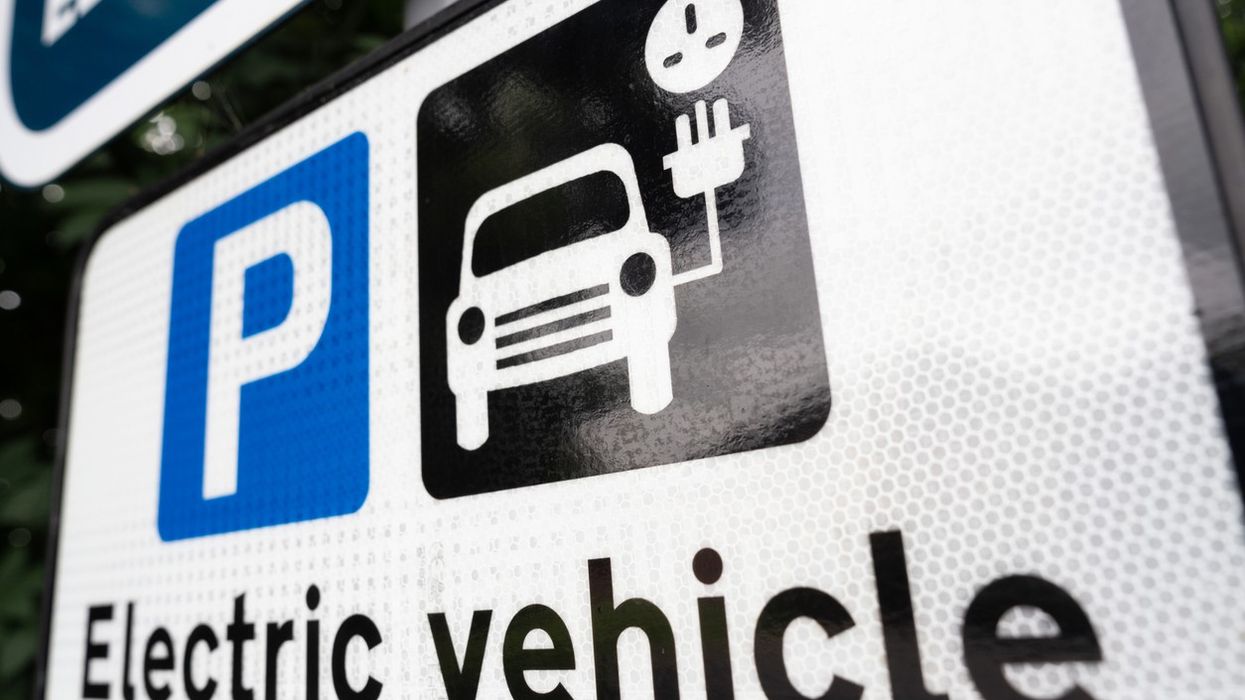Key points
- Leaked render suggests new horizontal camera bar on iPhone 17 Pro models
- Apple logo may be repositioned lower to accommodate MagSafe system changes
- Devices could include aluminium frame with glass insert for wireless charging
- Rumoured A19 Pro chip and 12GB RAM to power next-generation performance
- iPhone 17 series expected to launch in September 2025
New leak hints at bold design shift for iPhone 17 Pro models
Apple's upcoming iPhone 17 Pro models could see their most noticeable design change in years, according to a newly leaked render. The image, shared by tipster Majin Bu on X, shows what appears to be a significant reworking of the rear panel, including a full-width camera bar and a repositioned Apple logo.
The iPhone 17 Pro and iPhone 17 Pro Max are expected to debut in September 2025, alongside the standard iPhone 17 and a newly rumoured model called the iPhone 17 Air. While Apple has not officially confirmed any details, the leak has added fuel to growing anticipation surrounding the next iPhone lineup.
Redesigned camera layout and logo placement
The most eye-catching change is the redesigned rear camera array. Unlike the square camera module seen on recent models such as the iPhone 16 Pro, the leaked render shows a horizontal bar extending across the upper rear of the device. This camera bar appears to contain three lenses, suggesting a continued focus on high-end photography and video capabilities.
Another notable update is the position of the Apple logo. Traditionally placed centrally, the logo is shown lower on the back of the device in the render. This shift may relate to changes in the MagSafe wireless charging system. The familiar magnetic ring now appears to feature a gap where the relocated logo sits, potentially indicating a new internal MagSafe layout.
Aluminium chassis and wireless charging enhancements
The iPhone 17 Pro models may also feature an aluminium frame with a cut-out area beneath the camera bump, seemingly designed to house a glass section for wireless charging. This change could reflect efforts to improve thermal performance or reduce overall weight. While the render suggests a subtle shift in material and engineering, the design remains consistent with Apple’s premium build standards.
Expected performance upgrades
Internally, both Pro models are reported to feature the upcoming A19 Pro chip, paired with 12GB of RAM. Display sizes are expected to measure 6.3 inches for the iPhone 17 Pro and 6.9 inches for the Pro Max. There are also suggestions that Apple may incorporate a vapour chamber cooling system to better manage heat during intensive use.
Although these details remain unofficial, the growing number of leaks points to a significant design and hardware evolution for Apple’s flagship smartphones.














